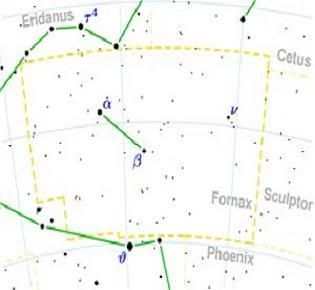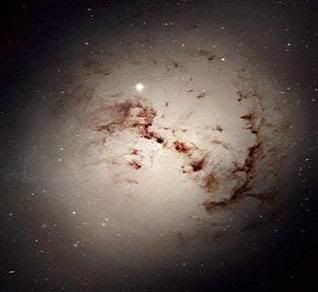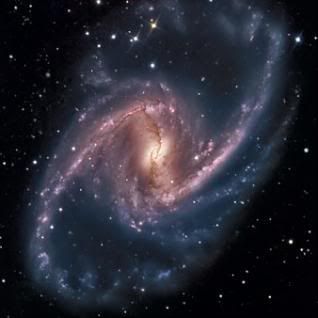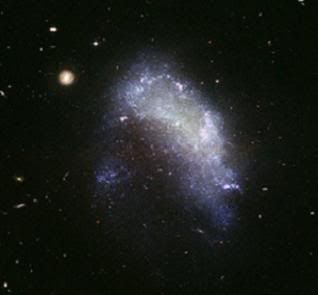Post by glactus on Feb 17, 2008 8:19:19 GMT

This constellation was created from several faint stars in the bend of River Eridanus, by Nicolas Louis de Lacaille in the mid-eighteenth century, to honour the famous French chemist Antoine Lavoisier who was guillotined during the French Revolution in 1794.
Notable stars:
Alpha Fornacis: A Birany star 46 light years away with a magnitude of 3.8
Beta Fornacis: A double star 169 light years away with a magnitude of 4.45
Nu Fornacis: A variable star 361 light years away with a magnitude if 4.65
Notable objects:

NGC 1316
This giant galaxy ( bigger than The Milky Way) got its peculiar shape by the melting of an elliptic galaxy with a spiral galaxy. Between 1980 and 2006, four supernovae have been discovered in NGC 1316. The galaxy is 75 million light years away from us and has a diameter of 120,000 light years. Magnitude 8.5

NGC 1365
NGC 1365 is a barred spiral galaxy about 60 million light years away from our star, and has an oval shaped core. The spiral arms extend in a curve north and south from the ends of the east-west bar and form an almost ring like Z-shape halo. Magnitude is 9.3

NGC 1427A
What happens when a galaxy falls in with the wrong crowd? The irregular galaxy NGC 1427A is a spectacular example of the resulting stellar rumble. NGC 1427A will not survive long as an identifiable galaxy. Within the next billion years, it will be completely disrupted, spilling its stars and remaining gas into intergalactic space within the Fornax cluster. The galaxy is 62 million light years away and has a magnitude of 13.4.

credits:
Fornax map: Wikipedia
en.wikipedia.org/wiki/Fornax
image: NGC 1316
jumk.de/astronomie/galaxies/ngc-1316.shtml
image: NGC 1365
www.noao.edu/image_gallery/html/im1034.html
image: 1427 A
hubblesite.org/newscenter/archive/releases/2005/09/image/a/format/large_web/


